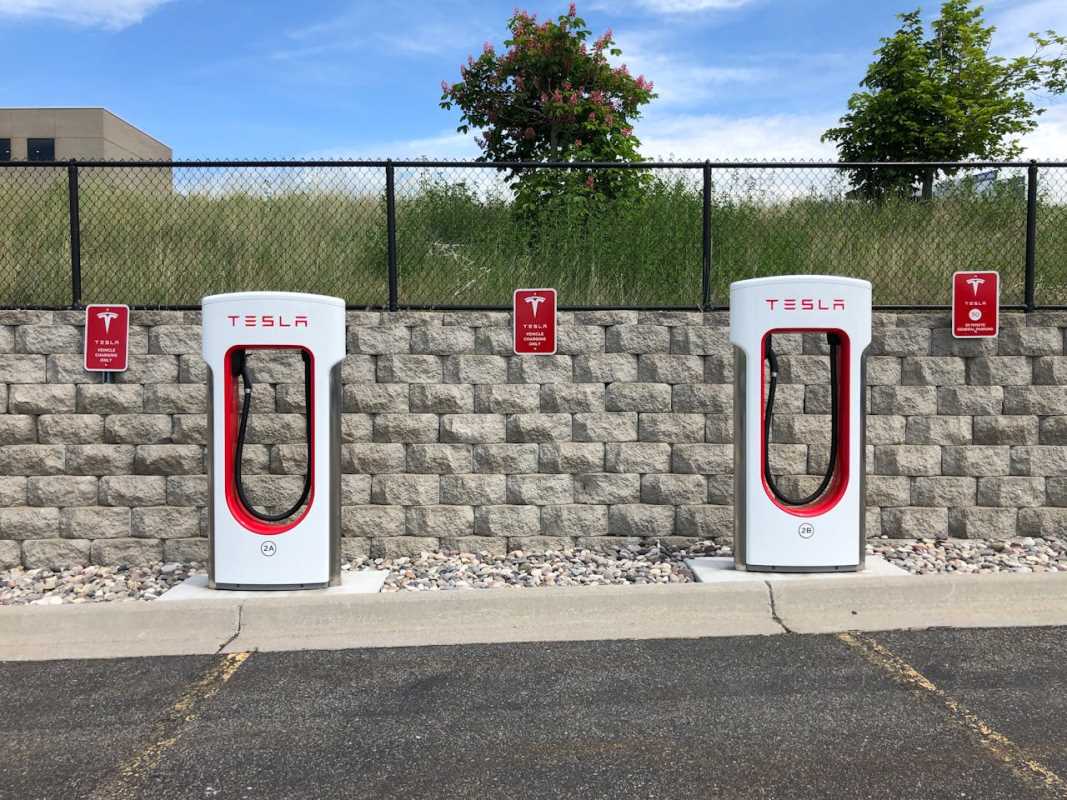Everyone loves finding a good deal, especially on recurring expenses like auto insurance. You might already know about common discounts for safe driving or good grades, but there’s one powerful discount that often flies under the radar: the multi-policy, or bundling, discount. This isn't just a small coupon; it's a significant way to lower your premiums, potentially saving you hundreds of dollars each year. We want to help you take control of your finances with confidence. We’re here to break down exactly what bundling is, how it works, and how you can use it to get the robust coverage you need at a price that feels much better for your budget.
What Is a Multi-Policy Discount?
A multi-policy discount, often called "bundling," is a price reduction that insurance companies offer to customers who purchase more than one type of policy from them. Think of it like buying in bulk at a warehouse store. When you purchase multiple products, the seller gives you a better overall price. Insurance companies apply the same logic. By trusting one company with several of your insurance needs, you are rewarded with a discount on each policy.
The most common bundle is auto insurance combined with home or renters insurance. However, the possibilities often extend further.
You can typically bundle your auto policy with:
- Homeowners insurance
- Renters insurance
- Condo insurance
- Motorcycle insurance
- Life insurance
- Boat or personal watercraft insurance
- RV insurance
- Umbrella insurance
The discount is applied to the premiums of two or more of these policies. For example, you might receive a 15% discount on your auto premium and a 10% discount on your homeowners premium, resulting in substantial combined savings.
Why Do Insurance Companies Offer This Discount?
You might be wondering why insurers are so eager to give you a discount for bundling. It seems like they would make more money by charging full price for each policy. The reality is that bundling is a win-win for both you and the insurance provider.
For the insurance company, bundling is a smart business strategy. It significantly increases customer loyalty and retention. When a customer has multiple policies with one provider, they are much less likely to shop around for a new company every year. The process of moving a single policy can be a hassle, but moving a whole suite of policies is even more complex. This stability is valuable to insurers.
Additionally, managing one customer with multiple policies is more efficient for the company than managing several customers with single policies. It streamlines administration, billing, and customer service. By offering a bundling discount, insurers attract and keep good customers, creating a more stable and predictable business model. They are happy to pass some of those efficiency savings on to you.
How Much Can You Actually Save?
The exact amount you can save by bundling varies widely based on the insurance company, the state you live in, and the specific policies you combine. However, the savings are almost always significant. Many providers advertise potential savings of up to 25% on your combined premiums.
Let's look at a practical example.
Suppose your annual auto insurance premium is $1,800, and your annual renters insurance premium is $300. Your total yearly cost is $2,100.
Now, let's say your insurer offers a 15% discount on your auto policy and a 10% discount on your renters policy for bundling.
- Auto Savings: $1,800 x 15% = $270
- Renters Savings: $300 x 10% = $30
- Total Annual Savings: $270 + $30 = $300
In this scenario, you would save $300 every year just by having both policies with the same company. Over five years, that's $1,500 back in your pocket. For homeowners, whose premiums are typically higher than renters insurance, the savings can be even more substantial. These are real, tangible savings that can make a big difference in your monthly budget.
The Benefits Beyond Financial Savings
While saving money is the main attraction of bundling, it offers other valuable benefits that can simplify your life and improve your experience as a policyholder. We believe managing your insurance should be as straightforward as possible, and bundling helps achieve that.
1. Simplified Account Management
One of the best perks of bundling is convenience. Instead of juggling multiple bills, due dates, and login credentials for different companies, you have one central point of contact. You can manage all your policies through a single online portal or mobile app.
This means you have:
- One company to call for questions or claims.
- One agent who understands your complete insurance portfolio.
- One website or app to pay your bills and review your documents.
This consolidation saves time and reduces the mental clutter of dealing with several providers. When you need help, you know exactly who to turn to.
2. A Stronger Relationship with Your Insurer
When you have multiple policies with one company, you become a more valuable customer. This can sometimes lead to better customer service and more personalized attention from your agent. Your agent will have a holistic view of your needs and can provide more comprehensive advice. They can help you identify potential coverage gaps and ensure all your assets are properly protected.
3. A Single Deductible in Some Cases
Some insurance companies offer an additional benefit for bundled policies: a single deductible for a claim that affects multiple policies. This is most common with home and auto bundles.
Imagine a scenario where a storm causes a tree to fall, damaging both your garage (covered by homeowners insurance) and your car parked inside (covered by auto insurance). Normally, you would have to pay two separate deductibles—one for your home claim and one for your auto claim. With a single deductible program, you would only have to pay one deductible (usually the higher of the two) for the entire event, potentially saving you $500 or $1,000.
How to Get Started with Bundling
Taking advantage of the multi-policy discount is a straightforward process. You have the power to make this happen, and we’re here to guide you through it.
- Step 1: Take Inventory of Your Policies. Start by making a list of all the insurance policies you currently have, such as auto, home, renters, or life insurance. Note which company provides each policy and when they are up for renewal.
- Step 2: Get Quotes from Your Current Insurer. Contact your current auto or home insurance provider and ask for a quote to add your other policies. They will be able to calculate your bundling discount and tell you exactly how much you would save.
- Step 3: Shop Around with Other Companies. Don't stop with just one quote. The company that offers the cheapest auto insurance might not have the best deal when you add a home policy. Get bundled quotes from at least two or three other reputable insurers. This is the only way to know for sure that you are getting the best possible value.
- Step 4: Compare Apples to Apples. When comparing quotes, make sure you are looking at policies with the same coverage limits and deductibles. The cheapest quote isn't the best one if it offers less protection. Your goal is to get the same or better coverage for a lower price.
 (Image via
(Image via





